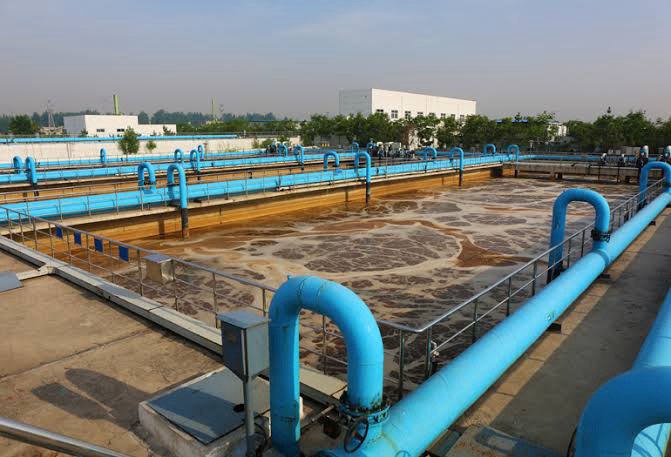Sewage treatment
How does a wastewater treatment plant work?
In general, wastewater treatment plants are built to treat waste water and cleanse sludge so that each could be returned to the environment. These results are attained through four divisions of treatments named preliminary, primary, secondary and activated sludge.
Sources of industrial wastewater
- preliminary
- Pretreatment Screening
The pretreatment phase involves filtering large waste materials from the water. The rate of water inflow is also monitored in order to separate organic materials such as sand, glass, and stone - Wastewater Aeration
After pretreatment, the process of aeration is used to supply oxygen to bacteria for purifying and preserving the wastewater. This development allows for biodegradation, which dissolves the organic substances that contain carbon into smaller compounds to form CO2 and water. - Primary Treatment
Primary treatment consists of the usage of equipment to break down large contaminants. Afterwards, extracting these contaminants is undertaken through the use of sedimentation. - Activated sludge
The process takes advantage of aerobic micro-organisms that can digest organic matter in sewage, and clump together (by flocculation) as they do so. It thereby produces a liquid that is relatively free from suspended solids and organic material, and flocculated particles that will readily settle out and can be removed.
- Pretreatment Screening
- Post Treatment
Secondary treatment is usually used alongside the primary method for the purposes of further removing organic matter, and sludge that were not caught during the primary treatment process.
Chlorination dosing, UV purification and Reverse osmosis systems are widely used methods to remove harmful microorganisms in water. - Chlorine
has gained its popularity due to its effectiveness in eradicating disease-causing bacteria. It does this by attacking the biological components of bacteria. - UV purification
these systems depend on the intensity of the UV radiation, and the duration of time the microorganisms visible to the radiation.
Reverse osmosis
If the treated wastewater or reclaimed water will be used in water recreation parks, swimming pools, or for drinking applications, then a reverse osmosis or ultrafiltration system must be used as a final polisher. (رابط لمحطات الـ reverse osmosis).



